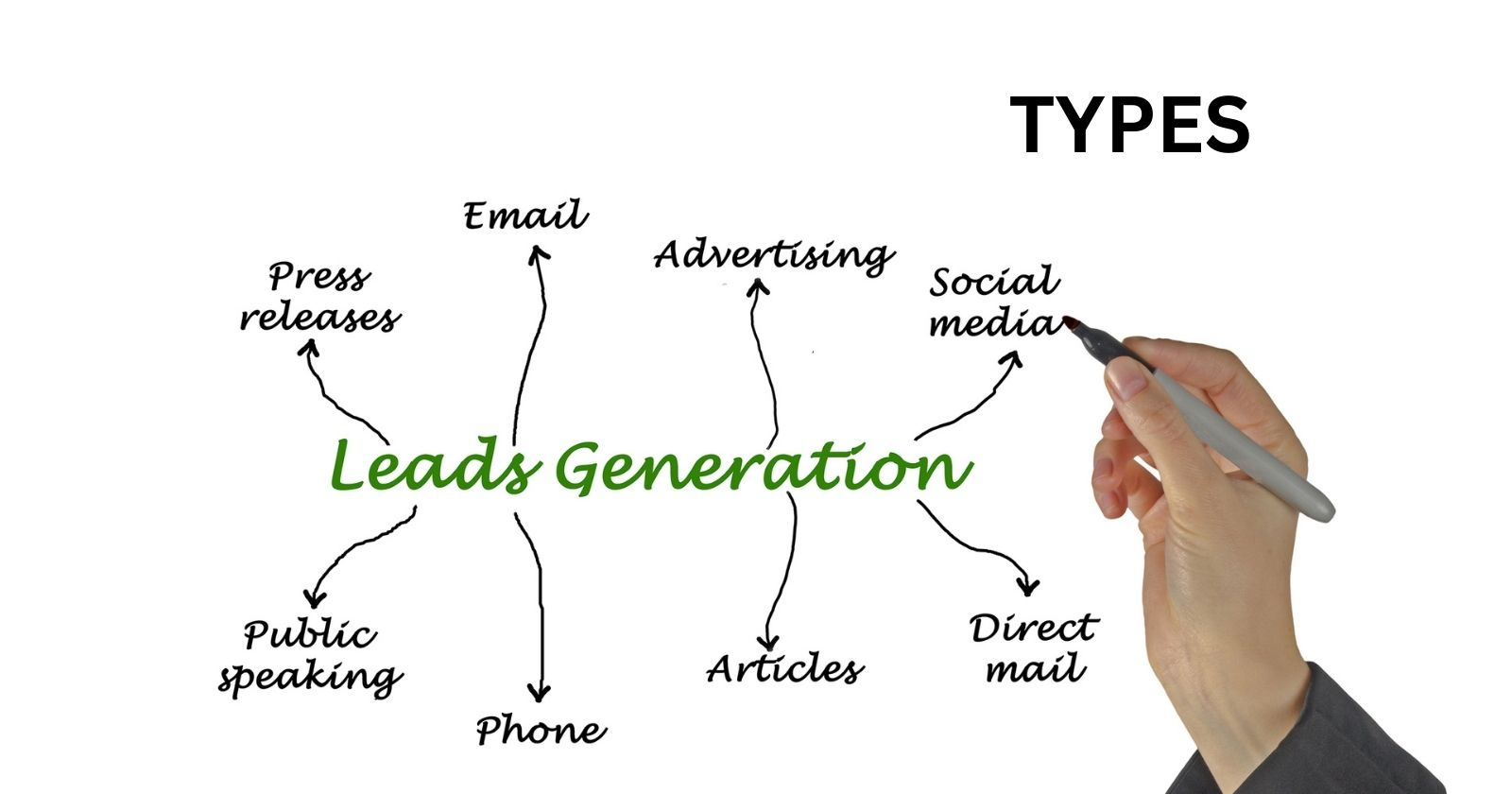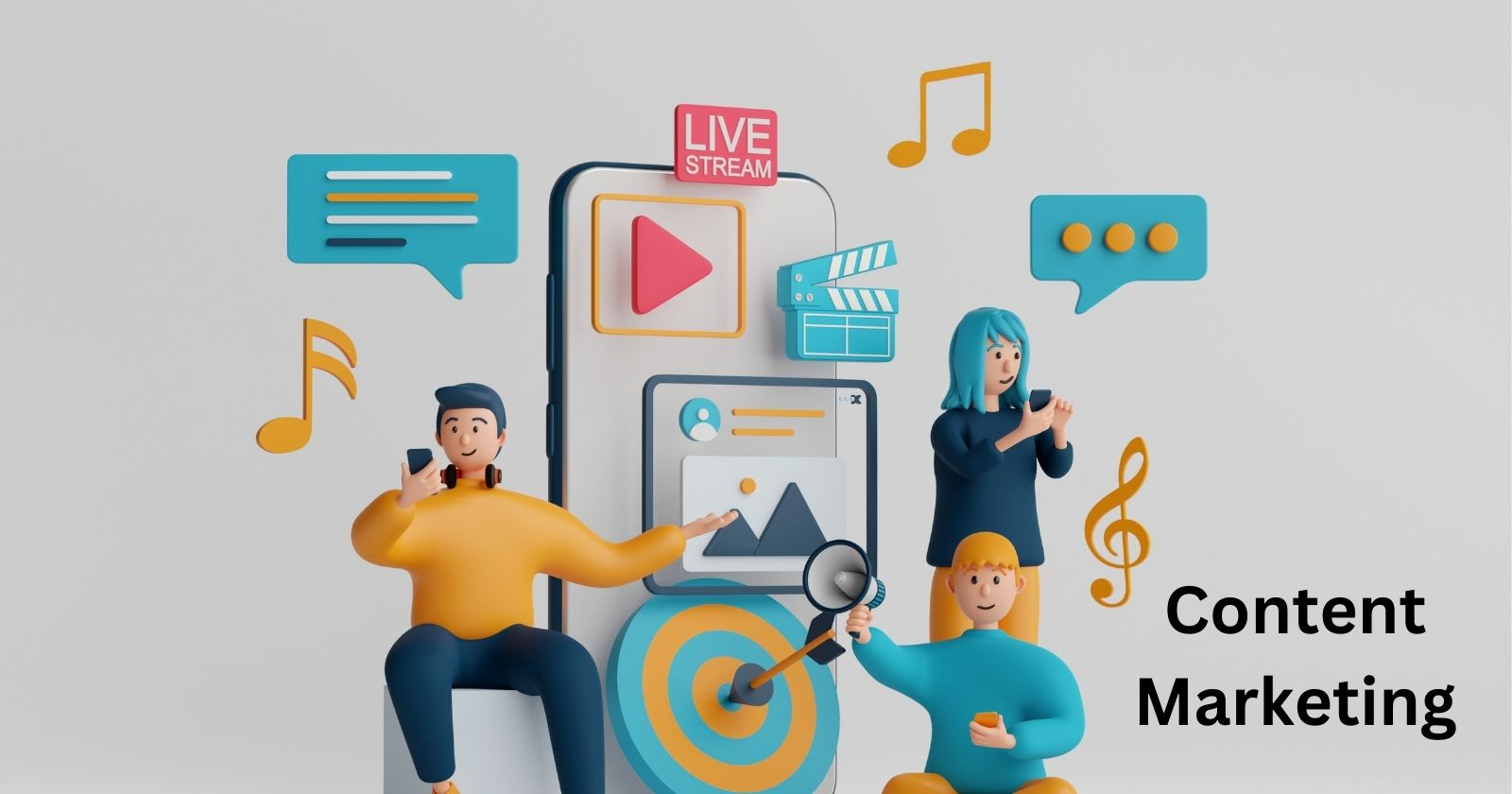What is Lead Generation in Digital Marketing: A Quick Guide
Do you know what is lead generation in digital marketing is? In the digital realm, lead generation has become a vital aspect of any business’s growth strategy. Lead generation in digital marketing has become vital to any business’s growth strategy.
It involves attracting and converting online scrollers into prospects and customers by leveraging various online channels. At its core, a lead generation campaign aims to build relationships with potential customers, nurture them through the sales process, and ultimately convert them into paying customers.
One of the key aspects of effective lead generation strategies is understanding the customer’s buying journey. This journey starts with generating traffic to the business’s website, converting visitors into leads, and then turning those leads into customers.
By employing various marketing activities in sync with buyers’ preferences, businesses can effectively engage current and potential customers, earn their trust, and make them feel good about purchasing their products or services.
In both B2C and B2B landscapes, it is crucial for businesses to earn the trust of their audience and establish a strong foundation for long-lasting relationships. Therefore, lead generation is not just about generating leads and filling the sales pipeline, but also about identifying potential customers, pre-qualifying their interest, and guiding them seamlessly through the process.
Table of Contents
Understanding Lead Generation: What is Lead Generation in Digital Marketing

Definition and Importance
Lead generation in digital marketing is all about attracting and converting scrollers into prospects and customers by using various online channels. This process helps you reach potential customers early in their buyer’s journey, allowing you to earn their trust, build a relationship, and guide them towards making a purchase.
In short, the lead generation process plays a crucial role in growing your business by nurturing interest in your products or services and ultimately converting prospects into paying customers.
Types of Leads

There are several types of leads that you can target, and it’s important to understand the differences to make the most effective use of your resources. These include:
- Cold Leads: These individuals have expressed little to no interest in your products or services but may still be a part of your target audience.
- Warm Leads: These potential customers have shown some interest in your offerings, likely due to some interaction with your brand – like subscribing to your newsletter or following your social media accounts.
- Hot Leads: These leads are ready to buy – they need a little nudge to make the final decision. They’ve likely visited your website multiple times and have taken steps towards a purchase, such as filling out a contact form or requesting more information.
B2B vs B2C Lead Generation

B2B (Business-to-Business) and B2C (Business-to-Consumer) lead generation differ in their approach and target audience. While B2B lead generation focuses on creating connections and fostering relationships with other businesses, B2C lead generation aims to attract individual consumers.
B2B lead generation often involves:
- Networking events and conferences
- Content marketing, such as industry-specific blog posts, whitepapers, and case studies
- LinkedIn marketing and connections
- Cold outreach and targeted email campaigns
On the other hand, B2C lead generation usually consists of:
- Social media marketing, including Facebook, Instagram, and Twitter
- Influencer partnerships and endorsements
- Search engine optimization (SEO)
- Email marketing campaigns targeted at individual consumers
Understanding the differences between B2B and B2C lead generation can help you develop tailored strategies and goals for your business, ensuring efficient and effective marketing efforts.
Lead Generation Strategies
In the world of digital marketing paid advertising, lead generation is crucial for turning potential customers into paying ones. This section will discuss various strategies that can be used to generate leads online.
Inbound Marketing

Inbound marketing is all about attracting customers to your business instead of going out to find them. By providing valuable content and resources, you can draw people to your brand and encourage them to take a closer look at your products/services. Inbound marketing tactics may include:
- Blog posts
- Ebooks
- Infographics
- Videos
Outbound Marketing

Outbound marketing involves taking a more proactive approach in reaching out to potential and existing customers first. This type of marketing usually requires more investment but can yield significant results when done right. Some outbound marketing tactics include:
- Cold calling
- Direct mail
- Display ads
- Trade shows
Content Marketing

A powerful, inbound lead generation and strategy, content marketing is focused on creating valuable and relevant content to engage and inform your target audience. This approach helps build trust, establish your brand as an authority in its niche, and move potential customers through the buyer’s journey. Examples of content marketing include:
- Blog posts
- Whitepapers
- Case studies
- Video series
Email Marketing

Email marketing is a cost-effective way to reach a large audience and give them personalized content. By segmenting your mailing list based on preference or behavior, you can send targeted messages that resonate with each group. Examples of email marketing lead generation strategies include:
- Newsletters
- Drip campaigns
- Promotional offers
- Personalized content
Social Media Marketing

Social media marketing can help generate more leads, by allowing you to engage with your target audience where they spend the most time. By sharing valuable content and promoting special offers, you can entice users to visit your website and complete a desired action. Social media platforms to consider include:
SEO and PPC

Search engine optimization (SEO) and pay-per-click (PPC) advertising are two effective ways to drive traffic to your website and generate leads. SEO involves optimizing your website so it ranks higher on search engine results pages, while PPC involves paying for clicks on ads that appear at the top of the search engines’ results. By using both strategies together, you can maximize your lead generation efforts.
Events and Webinars
Hosting events and webinars can provide valuable information and insights to your audience, building your brand sales team’s reputation and credibility. By offering exclusive content or access, you can also entice potential customers to provide contact information in exchange for admission, boosting your lead generation.
Implementing these strategies in your digital marketing efforts can result in a steady flow of high-quality leads, ultimately driving business growth and success.
Creating Effective Content
Blog Posts

Creating engaging and informative blog posts is a great way to generate leads in digital marketing. Blog posts allow you to share valuable information, showcase your expertise, and address your target audience’s pain points. By providing helpful content, you can establish trust with your readers, make them stay longer on your site, and eventually turn them into potential customers.
E-books and Whitepapers

E-books and whitepapers are in-depth content pieces that tackle specific topics in greater detail, making them valuable resources for your audience. These materials are an excellent way to showcase your expertise and establish your brand as a subject matter expert. Offer them as gated content – requiring users to provide their contact information to access the material – which helps to generate to generate high quality leads too.
Infographics and Videos

Visual content, like infographics and videos, can be an effective lead generation tool. Infographics are great for breaking down complex information into a visually appealing, easy-to-understand format. Videos, on the other hand, offer an engaging way to present information and can increase the time users spend on your website. Both formats can be shared across various platforms, boosting your brand’s visibility and attracting more potential leads.
Newsletters

Regularly sending out newsletters is another great way to generate leads in digital marketing. Newsletters keep your audience updated on the latest industry news, blog posts, and upcoming events while also providing exclusive content or offers. This type of consistent communication helps you stay top-of-mind for your subscribers, increases loyalty, and promotes conversions. By segmenting your mailing list based on user behavior, you can send tailored content to each group for a more targeted lead generation approach.
Lead Generation Tools and Software

Lead generation in digital marketing involves the use of various tools and software to attract and identify potential customers who express interest in a company’s products or services. In this section, we’ll explore some of the most popular types of tools, including Customer Relationship Management (CRM) applications, marketing automation tools, and landing page builders.
Customer Relationship Management (CRM) Applications
Customer Relationship Management (CRM) applications are essential tools for successful lead generation campaigns. These systems help businesses manage and analyze customer interactions throughout the customer lifecycle, improving relationships and ultimately driving sales. CRM software allows companies to:
- Track leads and customer data
- Analyze customer trends and behavior
- Plan targeted marketing campaigns
- Segment audiences for personalized communication
Some popular CRM platforms include Microsoft Dynamics 365 and Salesforce.
Marketing Automation Tools

Marketing automation tools help businesses scale their own lead generation marketing efforts by automating repetitive tasks such as email marketing, social media posting, and ad management. They also provide valuable insights to adjust marketing efforts in real-time. These tools can:
- Automate email marketing campaigns
- Manage social media profiles and scheduling
- Track customer engagement across platforms
- Generate performance reports and analytics
Top marketing automation tools include HubSpot, Marketo, and Pardot.
Landing Page Builders

Landing page builders are specialized tools designed to create high-converting landing pages, which are essential for your lead generation campaigns. These tools offer various features, such as drag-and-drop design, mobile-responsive templates, and built-in A/B testing. With landing page builders, businesses can:
- Create visually appealing, mobile-responsive landing pages
- Easily integrate lead capture forms and call-to-action buttons
- Track user behavior and conversion rates
- Optimize landing pages through A/B testing
Popular landing page builders include Unbounce, Leadpages, and Instapage.
In summary, lead generation tools and software are vital for successful digital marketing campaigns. By leveraging the power of CRM applications, marketing automation tools, and landing page builders, businesses can efficiently generate, nurture, and convert leads while improving overall marketing performance.
Nurturing and Qualifying Leads

Lead Nurturing Process
Lead nurturing is an essential part of any successful digital marketing strategy. It involves developing and reinforcing relationships with potential buyers at every stage of the sales funnel. The main goal of the lead nurturing process is to build trust, increase brand awareness, and eventually convert prospects into customers. Some common lead nurturing strategies include regular emails, timely, social media posts and responses, and personalized phone conversations that focus on the specific needs and preferences of the potential buyer 1.
Here are some fundamental steps to create an effective lead gen. nurturing strategy:
- Create a target customer profile
- Segment leads based on behavior and interests
- Personalize content and communication for each segment
- Establish a consistent and relevant communication schedule
Sales and Marketing Qualified Leads
A Marketing Qualified Lead (MQL) is a prospect who has engaged with your marketing team’s outreach and shown interest in your product or service. These leads have not yet been determined sales-ready but are more likely to become customers than other sales qualified leads 2.
On the other hand, a Sales Qualified Lead (SQL) is product qualified lead or a prospect who has passed the MQL stage and is deemed ready for direct sales engagement. SQLs have typically undergone further qualification and demonstrated high interest in purchasing your product or service.
Product and Service Qualified Leads
Product Qualified Leads (PQLs) are typically gained through free trials or freemium models of your product. These leads have experienced your product firsthand, and their interest is sparked by its utility and quality. Essentially, PQLs understand the value of your product and are primed for conversion.
Service Qualified Leads (SQLs), conversely, are prospects engaged with your service, such as consulting or support. The quality of service provided generates their interest, and they might be inclined to explore your other offerings based on their experience.
How can businesses can better target and convert prospects into loyal customers?
Nurturing and qualifying leads is a critical aspect of digital marketing. By understanding the different types of qualified leads and implementing an effective nurturing process, businesses can better target and convert prospects into loyal customers.
Measuring Lead Generation Results

Lead generation in digital marketing is crucial to business growth. We look at different key performance indicators (KPIs) and metrics to measure its effectiveness. This section will discuss three sub-sections: Conversion Rates, Sales Pipeline, and Return on Investment (ROI).
Conversion Rates
An essential metric in measuring lead generation is the conversion rate. This refers to the percentage of website visitors or potential customers who take a desired action, such as signing up for a newsletter, downloading a resource, or purchasing. Here’s how to calculate conversion rates:
Conversion Rate = (Number of Conversions / Total Visitors) * 100
A higher conversion rate indicates that your marketing efforts effectively attract and engage your target audience. Factors that can affect conversion rates include:
- Website design and user experience
- Quality of content and offers
- Ease of navigation and page loading speed
It’s crucial to continually monitor and optimize your conversion rates to ensure a strong online presence.
Sales Pipeline
The sales pipeline refers to the process of guiding potential customers through the stages of the sales funnel. Tracking your pipeline’s effectiveness in generating revenue and contributing to business growth is important.
Some key pipeline metrics include:
- Number of leads in each stage of the funnel
- Average time leads spend in each stage
- Conversion rates between funnel stages
- Revenue generated from leads who progress through the pipeline
By monitoring these metrics, you can identify areas for improvement in your sales strategy and allocate your budget more effectively.
Return on Investment (ROI)
Another vital metric in measuring lead generation results is Return on Investment (ROI). This indicator helps you determine if the cost of your marketing tactics is justified by the revenue generated. To calculate ROI, use the following formula:
ROI = (Revenue from Marketing Efforts – Cost of Marketing Efforts) / Cost of Marketing Efforts
A positive ROI suggests that your marketing strategies are effective and contributing to business growth. Regularly assessing your ROI lets you identify which marketing channels are generating the highest returns, enabling you to allocate your budget more efficiently and maintain a strong online presence.







